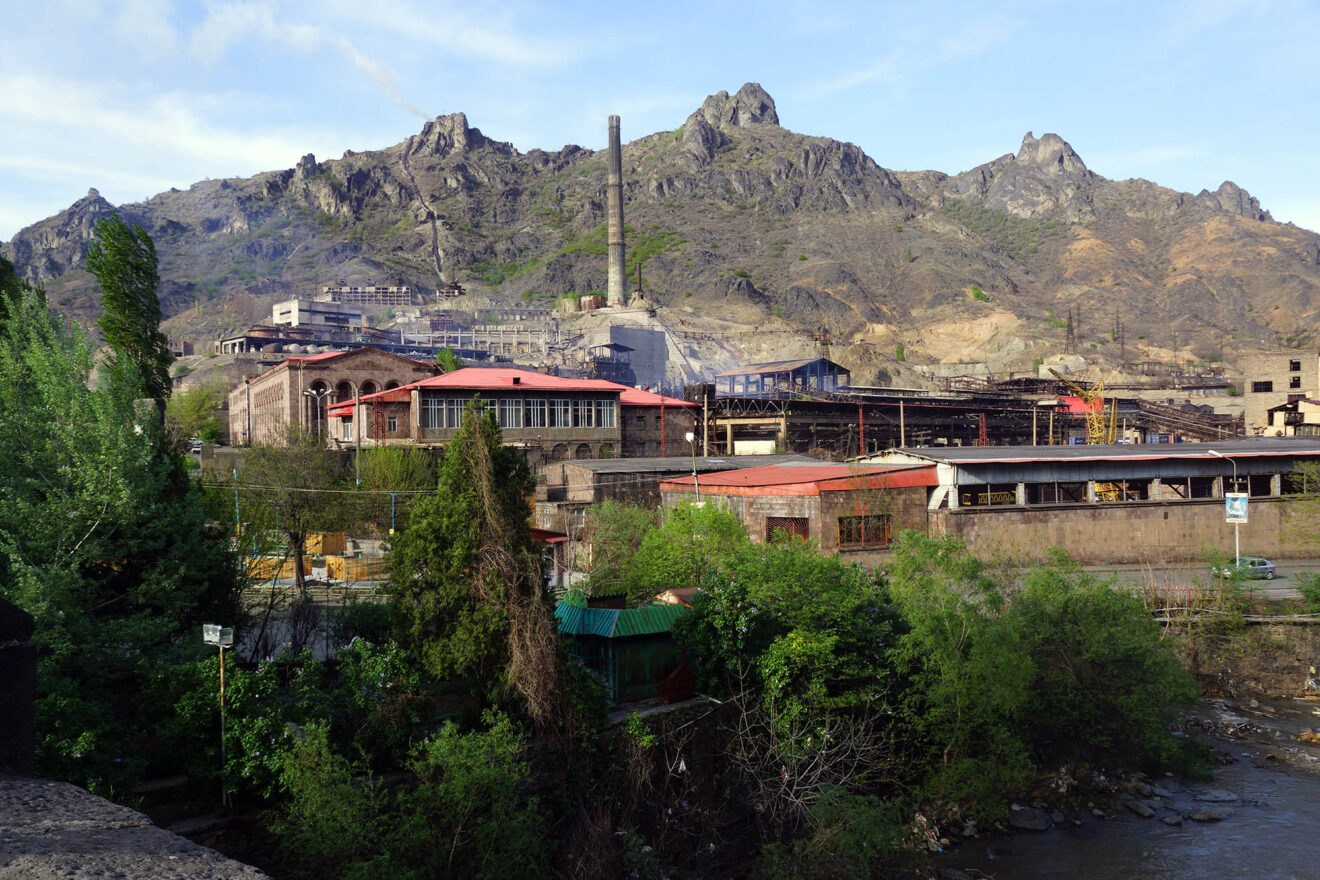Lead Health Risk Assessment in Alaverdi, Armenia
Number of residents / children at risk: 13,800 residents, about 2,400 children
Source of pollution/contaminants: smelter
Implementer: EHPMI
Total cost: $20,000
Project term: 1 yearNumber of residents / children at risk: 13,800 residents, about 2,400 childrenSource of pollution/contaminants: smelterImplementer: EHPMITotal cost: $20,000
Alaverdi is situated on the bank of the Debed River at a distance of 167 km from national capital Yerevan. The town was founded after the construction of the copper-smelting factory.
The copper-smelting factory was established in 18th century. It functioned at an annual capacity of processing up to 50,000 tons of copper concentrate and 10,000 tons of blister copper, but stopped working in 2021.
In 2015 AUA conducted a study to assess the level of lead in blood samples taken from children 4 to 6 years of age from three communities of Armenia: Akhtala, Alaverdi, and Erebuni district of Yerevan (Grigoryan et al., 2016). Overall 162 children were tested by a LeadCare II Analyzer – 39 from Akhtala, 69 from Alaverdi and 54 from Yerevan Erebuni district. In Alaverdi 72.5% of children exceeded the CDC-recommended reference level of 5 mcg/dl with a geometric mean of 6.4 mcg/dl.

Another study showed that women living in Alaverdi had 2.38 times higher risk of having a stillbirth, 2.67 times higher risk of having an induced abortion due to medical indications (health/life threatening pregnancy, congenital defects, dead fetus), and 2.67 times higher risk of having perinatal mortality compared with women living in Artik a similar but smelter-free town in Armenia (Sargsyan et al, 2014).
The risk assessment conducted in 2015 showed elevated levels of As and Pb in residential soil of the smelter town and significant association between contamination and geographical proximity to the contamination source (Akopyan, 2015).
Proposed Solutions/ Project Objectives:
- Conduct Detailed Site Assessment (DSA) to map the contamination of the area to determine main sources of exposure of residents to heavy metals.
- Develop a health risk mitigation action plan.
- Raise awareness of children and parents about lead health risks and mitigation actions. Train local medical personnel and teachers.
